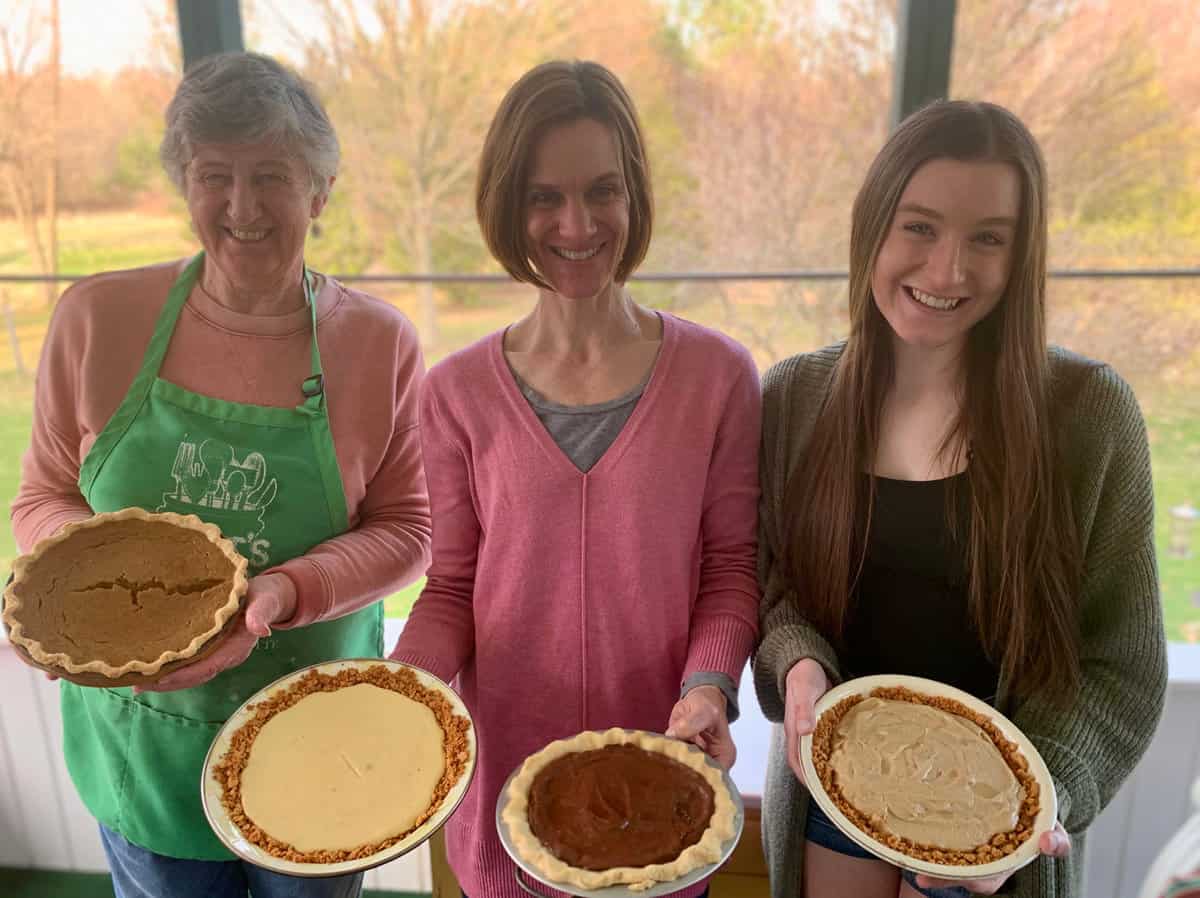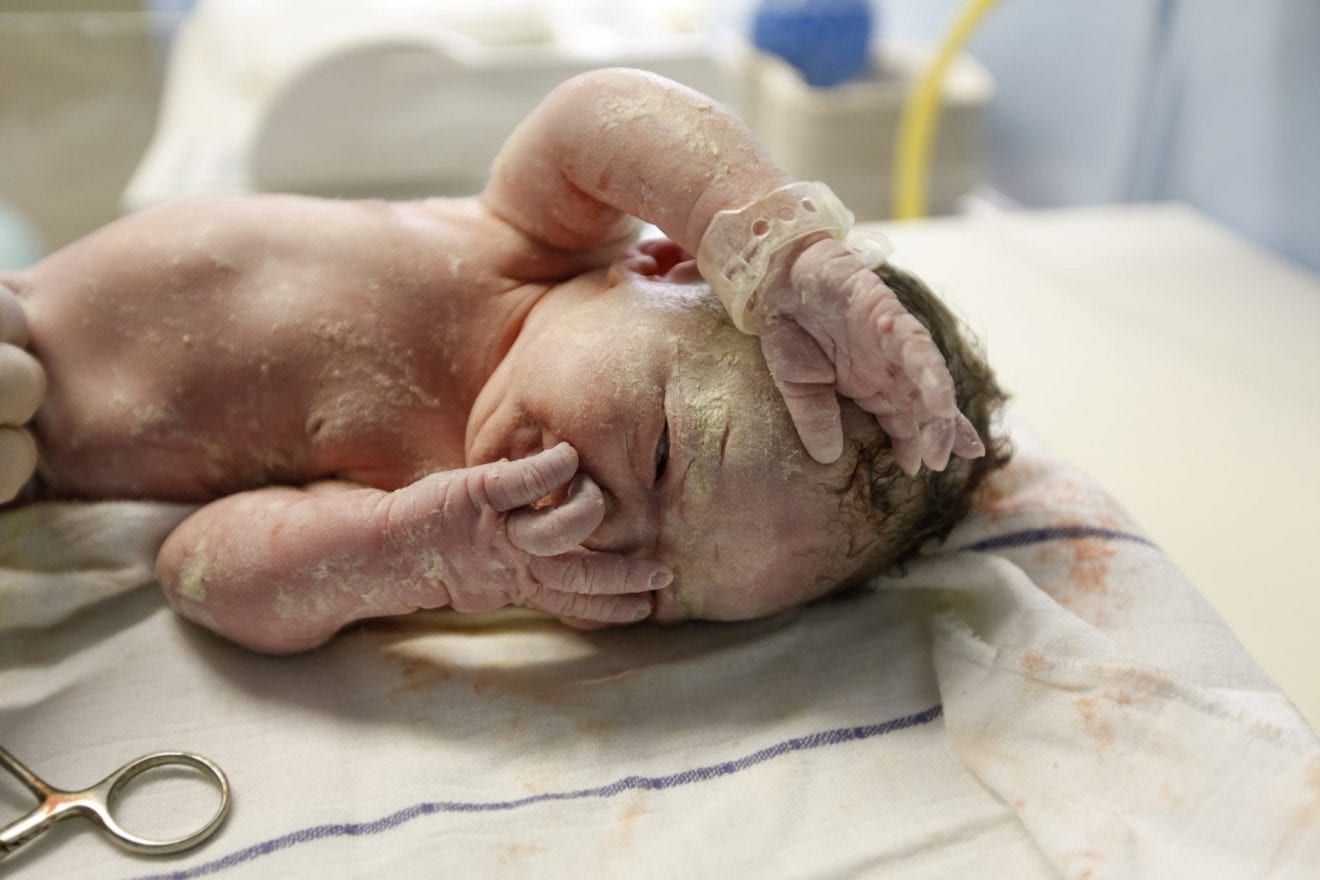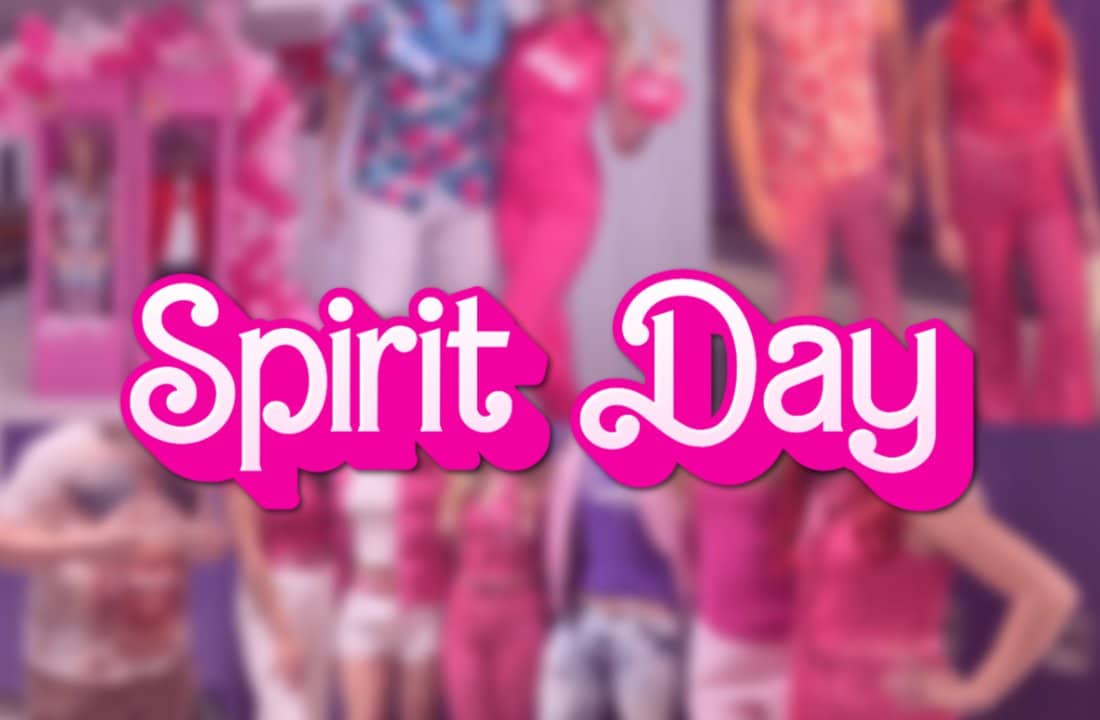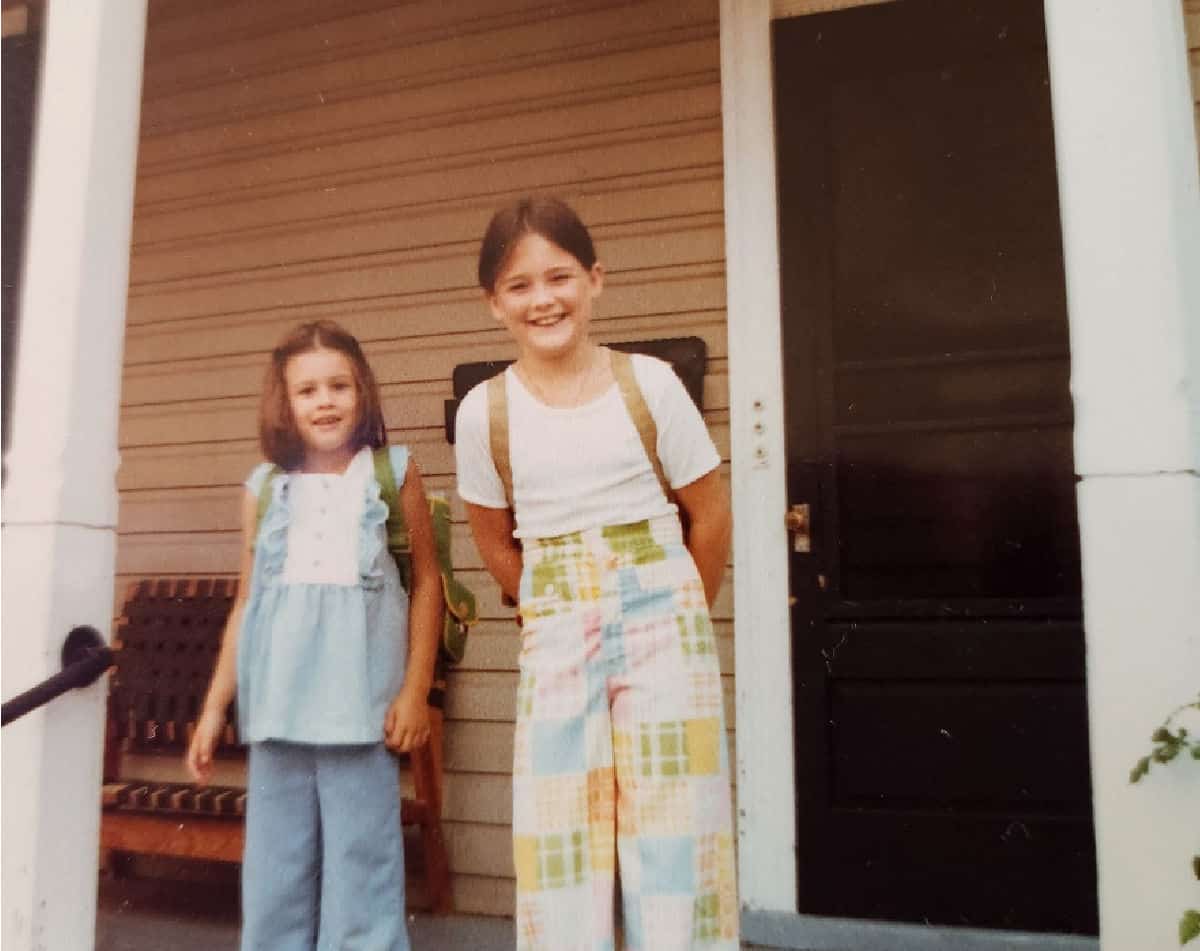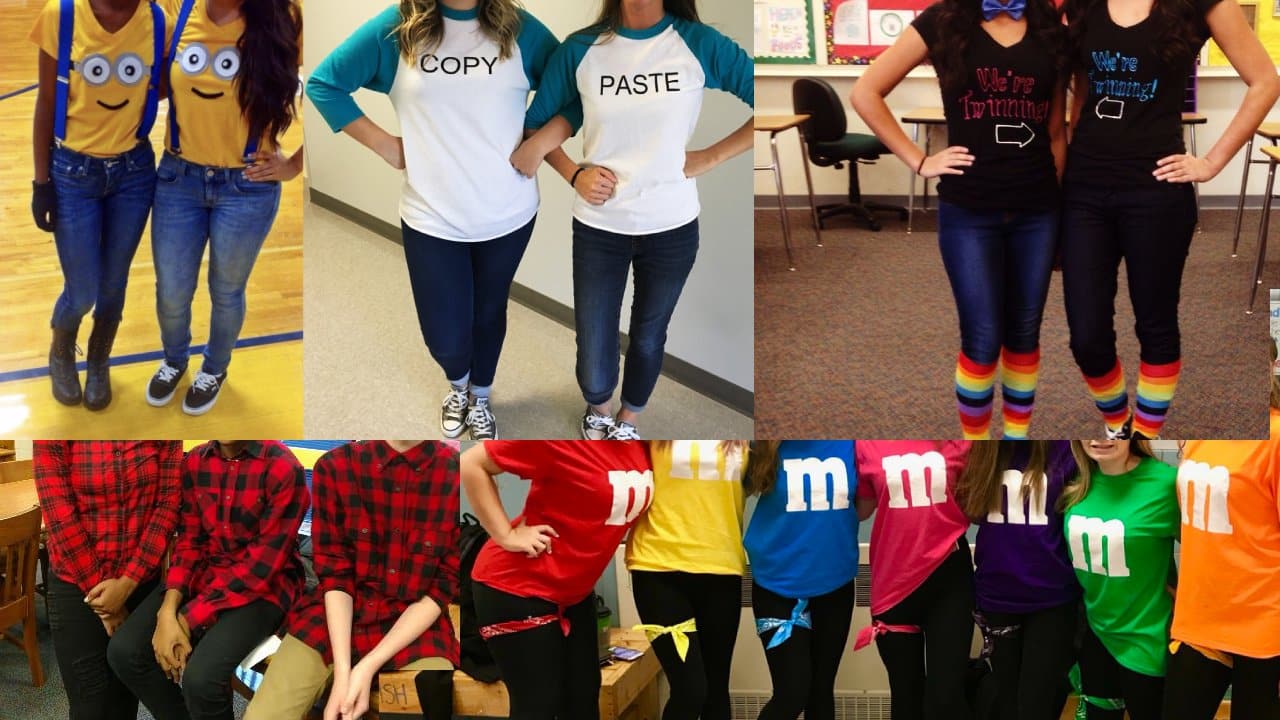My favorite part of Christmas when I was growing up was ‘The Pile.’ Once we got the “okay!” from my dad, my brother, sister and I would race from my parents’ bedroom where we had huddled on their bed to wait impatiently while they made coffee and turned on the Christmas lights, put on the Christmas music and lit the Christmas fire.
We’d come to a halt at the end of the hallway and stand gaping at the collection of gifts that had exploded under the tree from the night before. My parents never put very many presents out ahead of time, so the multiplication was impressive. Most of the gifts were not expensive; my mom wrapped up numerous small items, and if bigger gifts had components, those pieces were wrapped separately for maximum anticipatory and unwrapping effect.
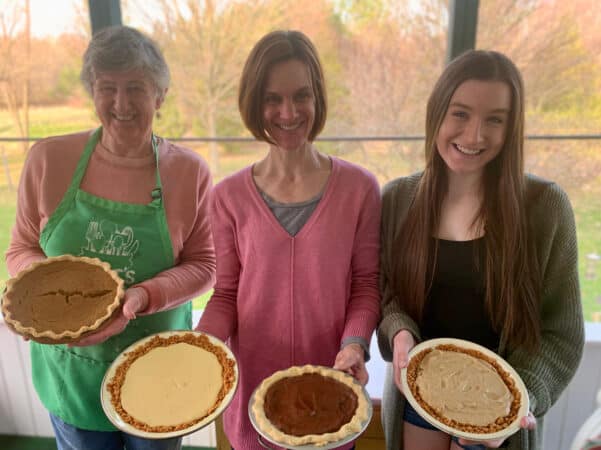
Standing there seeing the pile of gifts was a magical moment
But to stand there and behold the bounty was truly a magic moment. Yet the deepest wonder of ‘The Pile,’ like the rest of Christmas in all my childhood years, was that it just showed up. Year after year, all the pieces that made the season feel complete unfolded in regular succession, from the cookies at our tree-trimming party to the music playing in the house to the Christmas-morning cinnamon rolls to that pile of gifts—all of it set against a backdrop of regular life with its own cooking, cleaning, shopping, and laundry (which knows no season).
It’s only since I became a mom myself that I’ve realized this truth: when I remember the best part of Christmas as a child, I’m remembering a hundred things my mom did when I wasn’t looking.
I’ve paid my mom back by paying it forward with my children
I know my mom wasn’t alone in giving her family this gift of time, planning, activity (and exhaustion). All she did was mirrored by what so many other moms who were willing and able did then—and still do today.
I myself have tried to pay my mom back for what she did at Christmas the same way I try to pay her back for all she did my whole life: by trying to do it for my children, her grandchildren. And like her, I’ve done most of it when they weren’t looking.
I’ve baked Christmas-tree shaped cookies that were practically life-sized when I volunteered to outfit the cookie-decorating station for a school classroom party and was instructed to use a provided cookie cutter. I’ve done advance work to figure out if my tech-challenged husband and I would be capable of hooking up a WiFi for a Christmas-morning surprise.
Most of what I do, I do quietly
I’ve wrapped boxes of cereal to amp up our own version of ‘The Pile.’ I’ve carted kids to Christmas pageant rehearsals and rounded up costumes and gone shopping at Goodwill for “ugly” sweaters for low-budget Christmas dance recital costumes.
I’ve made just-before-closing runs to the store to get one more strand of lights and prepped the Christmas-morning cinnamon rolls so I could be present in the morning itself. And I am far from alone in this annual bustle.
My mom and I and moms the world over who have the option of doing all this and who choose that option do not go to all this under-the-radar effort just so we can be magic-making martyrs. We don’t do it just so we can complain that nobody knows how much we do.
Love is not self-serving
We do it because love in its most sacred form is others-focused. It’s humble. It serves. It’s not self-seeking. It doesn’t draw attention to itself.
Christmas is far from the only time we try to love our people this way. This version of love is part of a larger, year-round gift we hope to give our children: to keep some things hidden from them to preserve their innocence or their ease of mind or their delight.
As moms (especially of older kids), we cry into towels in the bathroom when our children are struggling so that our anguish doesn’t add to theirs. We also cry into towels in the bathroom when our kids are experiencing some good thing that’s hard for us so that our sadness doesn’t subtract from their excitement. We sometimes hide our tears or disappointment or worry or misgivings or our own desires so we can give our beginner adults the gifts of space, trust, independence, and lessons they have to learn on their own.
This is the heart of all the most meaningful gifts: wanting what’s best for someone else. And this is where the truest magic—the elevation of our minds and hearts beyond the mundane—lies.
Of course moms are not the only people who love like this. Dads, siblings, grandparents, aunts and uncles, and friends act out love and create wonder behind the scenes, too. But especially at Christmastime, moms do it in extended measure because we are the privileged possessors of background information about our people.
We moms are the directors of Christmastime
On Christmas morning, we are the holders of the most secrets and surprises. We know the back stories. We know what our spouses and children are going to delight in and why. We know what they’re hoping to get that they are getting. We know what they’re getting that they’ll love but don’t even know they want.
All this is our secret knowledge. Our families get in on part of it, but as mothers, we get in on the whole of it. It’s ours to hold to ourselves and cherish during the lead-up of the season, and then it’s ours to share in a way we get to orchestrate.
We are the directors—as well as part of the cast and audience—of the production called Christmas.
So many of the mechanics of the holidays fall to a mom, especially when our children are small. But as we shop and cook and strategize and prep and keep our lists and hide things, we think about what’s in store for our people at various points along the Christmas way. We think about how we get the joy of wrapping it up and also the joy of seeing it unfold. And then we know: we get the most and best gifts of all.
More Great Reading:
Dear Kids, I Promise Not to Be a Pain About How We Celebrate Holidays

 PARENTING TIPS
PARENTING TIPS







 PREGNANCY
PREGNANCY








 BABY CARE
BABY CARE








 TODDLERS
TODDLERS








 TEENS
TEENS








 HEALTH CARE
HEALTH CARE







 ACTIVITIES & CRAFTS
ACTIVITIES & CRAFTS








 CONTACT
CONTACT ABOUT
ABOUT